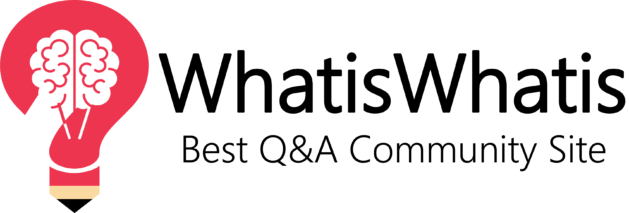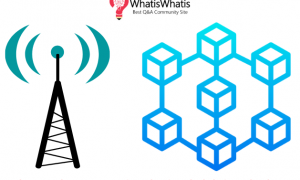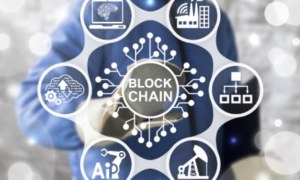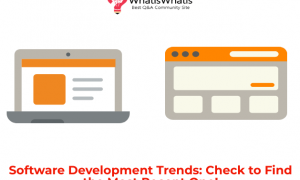Think of a post on a social media platform that you wanted to delete or edit. But, in the realm of DApps, once a data is published, it can’t be removed or edited by any of the users. This is the sole reason these apps are popularly known as ‘Unstoppable Apps’. Blockchain technology has seen a significant rise in application development and its uses as a platform. DApps is a decentralized application. It connects users and providers directly without any platform constraints. Ethereum is the latest set of technologies taping into the blockchain world.
Read more: How Blockchain Technology Can Solve IoT’s Security Problem
What is Ethereum?
Ethereum works on the concept of smart contracts just like the blockchain technology that relies on bitcoins for seamless data transfers between users and developers. The development of the Ethereum platform was publicly announced. The original Ethereum development team consisted of Vitalik Buterin, Mihai Alise, Anthony Di Iorio, and Charles Hoskinson. Ethereum replaces servers and clouds with several nodes controlled by specific qualified or democratized users/volunteers. Ethereum wants to give control over data back to its creators through nodes. Each time you save edits or add or delete notes, every node on the network makes the change.
Term “Smart Contract” was coined by Nick Szabo in the 90’s. Szabo used the basic example of a vending machine to describe how real-world contractual obligations can be programmed into software and hardware systems. Everyone who puts the correct amount of coins into the machine can expect to receive a product in exchange. Similarly, on Ethereum, contracts can hold value and unlock it only if specific conditions are met.
Learn more: What are the Challenges and Risks that are possessed by IoT & Blockchain
Find How DApps have Gained Popularity Amidst Blockchain Technologies?
Token System:
Ethereum is mainly based on smart contracts concept, these contracts maintain an ether balance, with which, it would refund the ether used to pay fees to the sender. Every time it refills the balance by using transaction fees. This is an application based on ether exchange, just like bitcoin exchange that was observed in blockchain technologies. With the advantage of infinite reusability of ether after the activation of account by a user.
Stable Value Currencies:
It is an application based on money with information outside the blockchain. It is like a crop insurance application dependent on outside weather feed. Earlier models relied on data feed contracts maintained by a special party that can alter the contract accordingly. This model provides an interface that allows contracts to send messages to other contracts and get back a price in response.
Learn more: Why Businesses Should Switch to Cloud-Based Applications?
Identity & Reputation of System:
Contract is a database inside the Ethereum network that can be added, but, can’t be removed or modified. This is the sole reason, it can democratize data access and give control back to the creator. A data once published is neither alterable and nor perishable in the Ethereum network. Anyone can register a name with some value and even add a reputation with web-of-trust functionality on top of that. Reputation is important in such networks where control over data is de-centralized.
Decentralized Autonomous Organization:
It is a leaderless virtual entity with 67% of the majority deciding whether to spend an entity’s funds and modifying code. A DAO’s first order of business is to receive ether. After a DAO’s code is deployed, ether may be sent to the DAO’s smart contract address during an initial Creation Phase which is defined in the DAO’s code. In developing countries like India, there is a huge demand for applications on such blockchain technologies. organizations interested in such decentralized applications can hire indian developers who are extensively skilled for such application development.
In exchange for ether, a DAO’s code creates tokens that are assigned to the account of the person who sent the ether. The token grants its holder voting and ownership rights. The number of tokens created is proportional to the amount of ether transferred. The goal of DAO is to create a leaderless organization with programmed rules and guidelines on how members can vote and release of funds whenever necessary.
Read more: What Are The Predictions of People About IoT (Internet of Things)?
Wrapping it Up:
Blockchain has its own ecosystem at the moment which is quite popular among the developers and users who want do not want control over their data. This is like removing the governance of databases from data being stored in them. The future scope of Ethereum is great with more organizations and users looking to tap in, but there are major security concerns here as there is no regulation over the published data.






Leave a comment